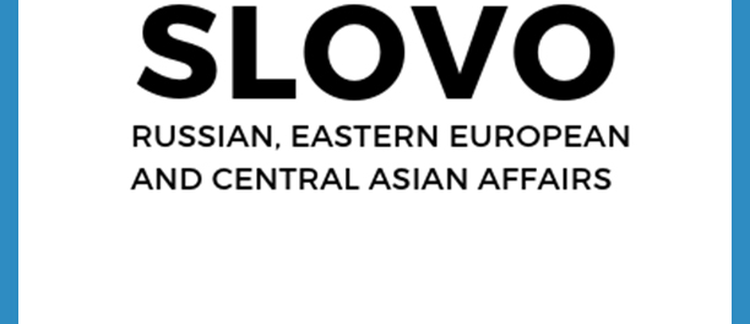Abstract
Halfway Between Memory and History: Romanian Gulag Memoirs as a Genre
Memoirs offer unique human testaments to historical events. This article analyses a sample of seven Gulag memoirs that recount experiences of imprisonment at the height of the Stalinist repression in Romania, between 1947 and 1964. The paper looks at the literary conventions employed by the authors in the recounting of their stories. The memoirs were chosen for the broad range of perspectives they represent, with particular attention being paid to the gendered experiences of imprisonment. The texts will be approached through the lenses of literary criticism, as this article analyses common tropes, motifs, characters, and techniques of narration - elements that make Gulag memoirs a ‘genre’ in its own right. A close reading of the text will uncover not only the gruesome realities of Communist persecution, imprisonment, and torture, but also the prevailing mentalities of that era. The literary components of the texts provide clues that help in decoding the authors’ self and their understanding of history.
How to Cite:
Petrinca, R., (2017) “Halfway between Memory and History: Romanian Gulag Memoirs as a Genre”, Slovo 29(1), 2-30. doi: https://doi.org/10.14324/111.0954-6839.056
Downloads:
Download PDF
View PDF
1228 Views
93 Downloads

